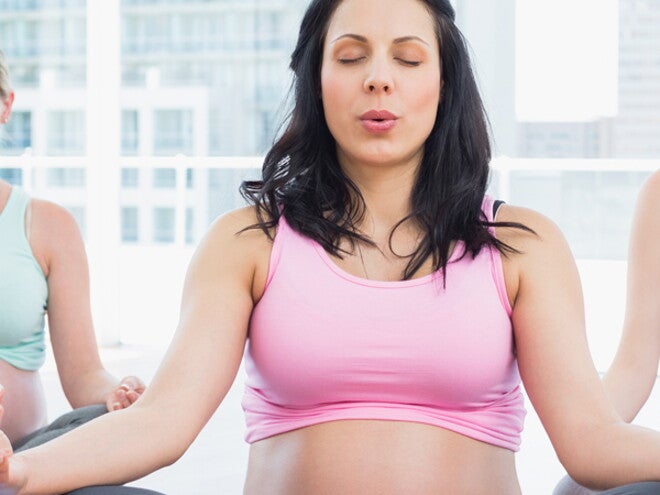
Relaxation techniques for moms to destress
Excessive tension can hinder progress during labour. Fear and anxiety cause a release of adrenaline which prepares the body for rescue. In ‘rescue mode’, your body is most certainly not going to allow you to have a baby, and the progress of labour is slowed.
The release of adrenaline also inhibits oxytocin, the hormone that stimulates contraction of the uterus. In addition, tension creates more resistance to the working uterus, causing a tug-of-war effect that slows labour and increases pain.
Learning to relax in response to a contraction is not as difficult as it sounds. The natural response to pain is tension, dismay and desire to escape. An understanding of the source and role of labour pain, and when it will end, can alleviate the fear of birth.
Practising relaxation is important to improve the quality of the birth experience.
Preparing yourself for birth and motherhood also involves your mind and body for labour. Having a busy mind is common during pregnancy and the thoughts of the changes that will occur afterwards and your relationship with your baby.
When you mind is filled with stress and worry, it can cause muscle tension and physical discomfort. Finding ways to relax can be difficult however it can include meditation, breathing work and repeating positive affirmations.
These techniques can help reduce anxiety before and after giving birth. Including helping lessen the pain as your recover.
Relaxation techniques – meditation
Choose a time when you are unlikely to be disturbed and a place where you feel comfortable and secure. Your clothing should be loose and comfortable. Take off your shoes, watch and glasses. As you start to relax your metabolism slows down and your body will start to cool.
Keep something light and warm at hand, should you start to feel chilly.
Settle comfortably into the position you have chosen, and close your eyes. Release tension from all your muscles, starting with your feet and ending with your face. Feel yourself becoming soft and limp. Notice the rhythm of your breathing. Allow the breaths to take place quite naturally. Each time you exhale, recite the word ‘one’ under your breath.
Repeat the word slowly every time you breathe out. Even when thoughts intrude, continue repeating the word ‘one’. Keep your attitude passive, and allow relaxation to occur in its own time. Do this for as long as you are comfortable, ideally 10–20 minutes. Constantly scan your body for any residual tension and mentally massage that area, releasing the tense muscle with each outward breath.
At the end of your quiet time, continue to sit quietly for a few minutes with your eyes closed.
- Reduces tension.
- Reduces stress.
- Reduces pain.
- Conserves energy.